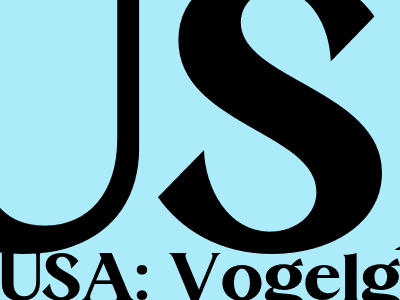
Avian Flu Outbreak in the USA: Poultry Farms Impacted, Workers Infected
Introduction
A highly pathogenic avian influenza (HPAI) outbreak has swept across the United States, affecting poultry farms and leading to human infections. The virus, known as H5N1, is highly contagious among birds and has caused significant economic losses to the poultry industry.
Impact on Poultry Farms
The outbreak has caused widespread closures of poultry farms, resulting in a substantial reduction in egg and poultry production. The affected farms have implemented strict biosecurity measures, including quarantine and movement restrictions, to prevent further spread of the virus.
The virus has caused high mortality rates in infected flocks, leading to the culling of millions of birds in an effort to control the outbreak. The economic impact on the poultry industry has been severe, with losses estimated in the billions of dollars.
Human Infections
The H5N1 virus has also caused human infections, raising concerns about potential public health risks. Several poultry workers have tested positive for the virus, although most infections have been mild and no deaths have been reported.
Transmission and Prevention
Transmission of the H5N1 virus to humans occurs primarily through close contact with infected birds or their secretions. Poultry workers and those involved in the handling and processing of poultry products are at higher risk of exposure.
Preventive measures include wearing protective gear, practicing good hygiene, and avoiding contact with sick birds. The Centers for Disease Control and Prevention (CDC) recommends that poultry workers get vaccinated against seasonal influenza, as it can reduce the risk of co-infection with H5N1.
Treatment and Response
There is no specific treatment for H5N1 infection in humans. Treatment focuses on supportive care, such as antiviral medications, oxygen therapy, and respiratory support. Close contacts of infected individuals are monitored for symptoms.
Conclusion
The avian flu outbreak in the USA has had a significant impact on the poultry industry and has raised concerns about human health. While the risk to the general public remains low, poultry workers and those in close contact with infected birds should take appropriate precautions to reduce the risk of exposure.
Continued surveillance and implementation of biosecurity measures are crucial for controlling the outbreak and preventing further spread of the virus. Collaboration between public health agencies, the poultry industry, and the scientific community is essential to mitigate the impact of H5N1 and protect both human and animal health.